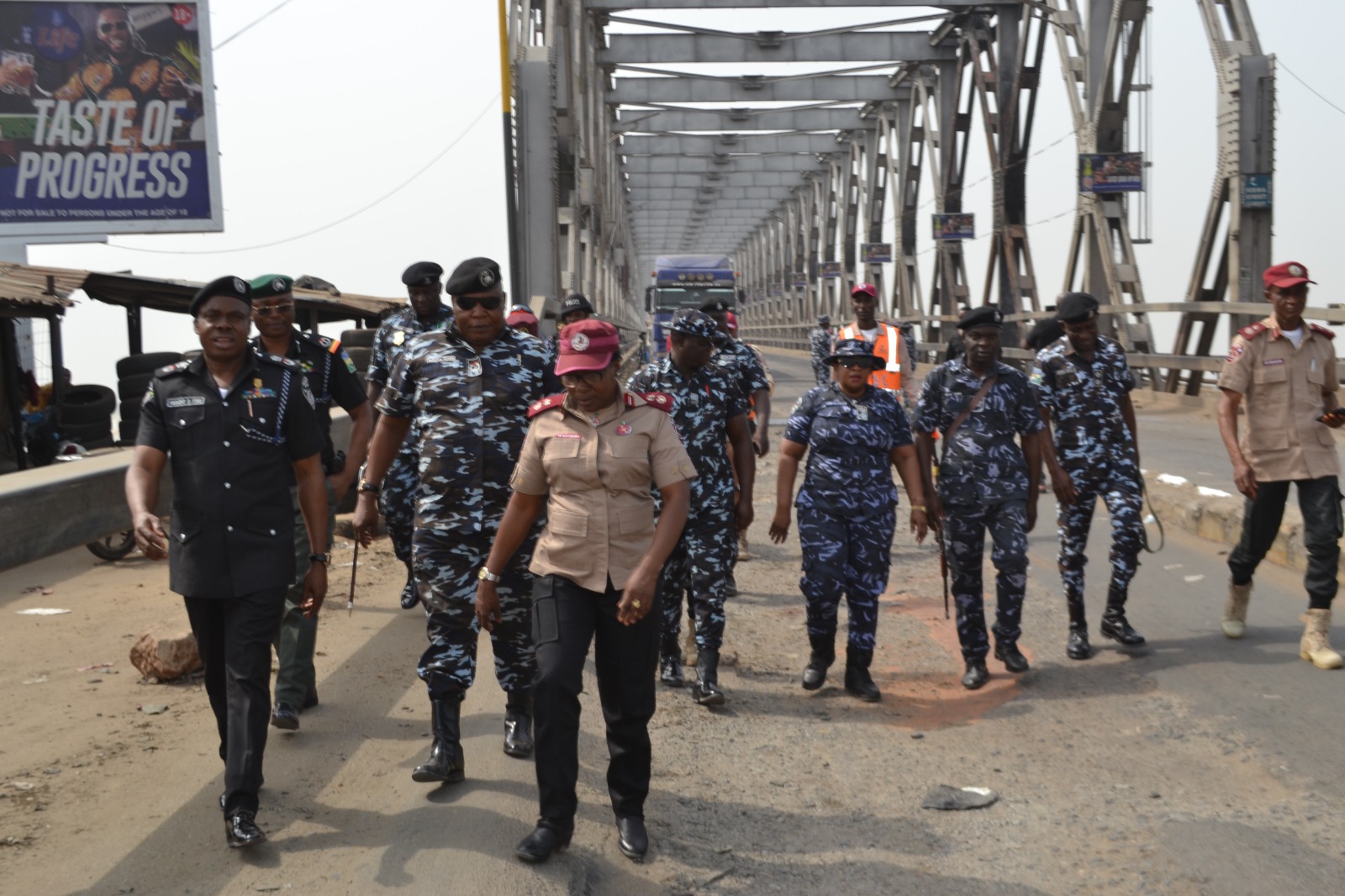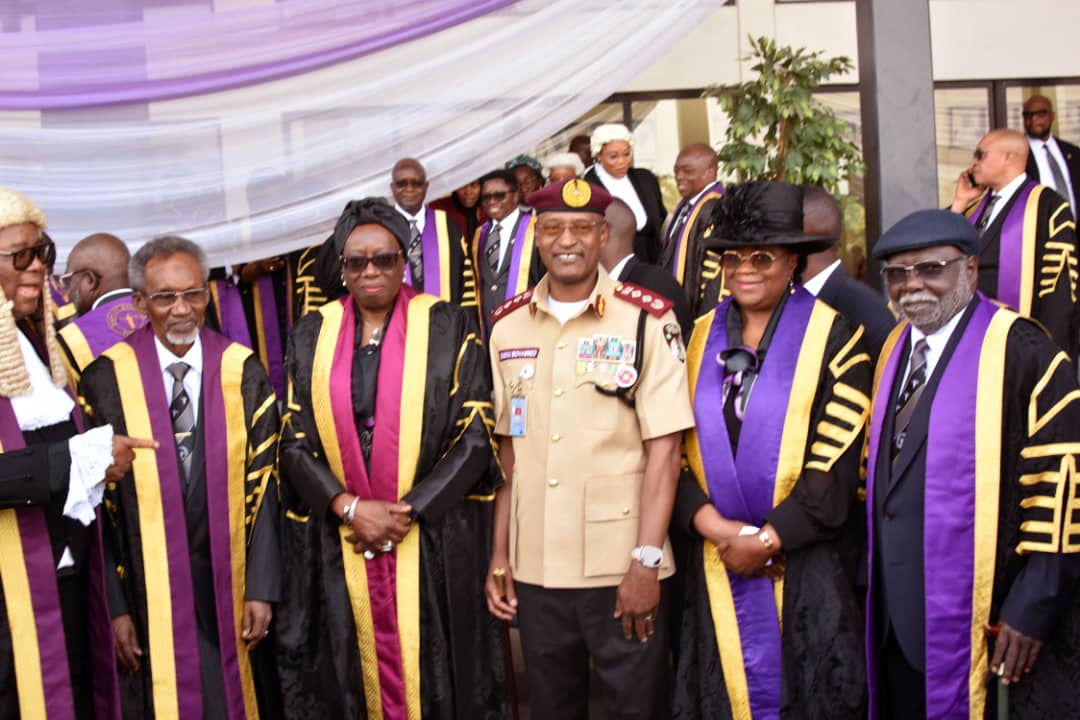Nigerian Airspace Management Agency (NAMA) says it is currently upgrading control towers in four international airports to enhance air traffic management.
Mr Matthew Pwajok, the Acting Managing Director of NAMA disclosed this in Abuja when he featured on the News Agency of Nigeria (NAN) Forum.
Pwajok said that the control towers, having been installed over 10 years ago, were obsolete and as such needed to be upgraded.
He said this was as a result of a World Bank technical assistance programme, an intervention programme of 2014 designed to provide funding for strategic capacity development in the sector.
He said that some key expertise were identified and funding was provided for the training of air traffic controllers.
He said the trainings to a large extent helped to enhance specialisation and expertise in key safety critical personnel in the agency, adding that this had added value to the system.
“On our project, we currently have a safe tower project. In 2005/2006, we have some air craft crashes.
“In 2007, the Obasanjo government implemented what we called the safe tower which simply refers to automated air travel management system at the control towers of Lagos, Abuja, Kano and Port Harcourt.
“ Now, these systems after over 10 years are due for upgrade and currently that is what we are doing to upgrade the control tower at the four international airports of Lagos, Abuja, Kano and Port Harcourt.
“ This is to bring them in line with the right capacity, the right functionality and capability for enhanced air traffic management at these airports,’’ he said.
Pwajok explained that a total raider coverage that was commission over 10 years ago by the then President Goodluck Jonathan also needed an upgrade.
He said the Federal Government had therefore approved N28 billion for the upgrade of the Total Radar Coverage of Nigeria (TRACON).
“They are in nine locations – Lagos, Abuja, Kano, Port Harcourt, Ilorin, Obubra in Cross Rivers, Maiduguri, Talata-Mafara in Kebbi State and Numan in Adamawa State.
“These equipment provide a complete coverage of Nigeria on raider, so aircraft flight within the country are seen and controlled by air traffic controllers in the radar.
“ So, the equipment are being upgraded to be in line with global standards and also in line with the expectations of increased traffic volume and increases requirement for safety and efficiency of flight.
“So this project is currently ongoing and we are doing a survey movement raider and ground control at Lagos and Abuja that will provide surface guidance for aircraft,” he said.
He said once they were upgraded, there would then be a surveillance control from departure gate to arrival gate that would be fully automated.
He added that there would be an automated system that sequenced aircraft on departure, saying this would completely reduce delays.
“ At the moment what we do is that the air traffic controller uses his judgment to determine which aircraft comes first.
“ But automated system are detecting the speed of an aircraft, the performance and the direction the aircraft is coming from and will now have a air traffic controller to sequence them on arrival.
“ We are implementing that in Lagos and Abuja and hopefully by this year, this project will be completed as it is one of our key projects,’’ he added.
The NAMA boss said that the agency was currently implementing the extended range voice communication system for Lagos and Kano that would control the upper airspace of Nigeria.
He said it was also implementing a communication system that would help to improve on the communication system.
Pwajok said the country presently had a modernised and automated 13 control tower project to enhance air traffic control at the airports, adding that a similar projects had been completed in Zaria and Kastina states.
He said that the control towers had been integrated with metrological data where regular weather reports would be brought into the system.
On navigation, he said the agency had deployed a very High Frequency Omnidirectional radio-range (VOR) Doppler that would guide aircraft either over flying on airspace or flying from one airport to the other.
He said that this equipment had replaced initial landing system instrument, adding that the satellite navigation system that gives precision on aeronautical management had been deployed.
According to him, Very Small ApertureTerminal (VSAT) have been installed in 26 locations – 24 in airports, one in NAMA and one in NEMA headquarters to facilitate search and rescue.
According to him, this VSAT will provide digital exchange of information at a very high speed and voice exchange of information using ground radius and air ground communication between air traffic controllers and pilots.
He said if fully completed, it would enhance air ground communication, ground to ground communication and electronic management of information of flight movement.
He added that this would go a long way to enhance efficiency of flight.








